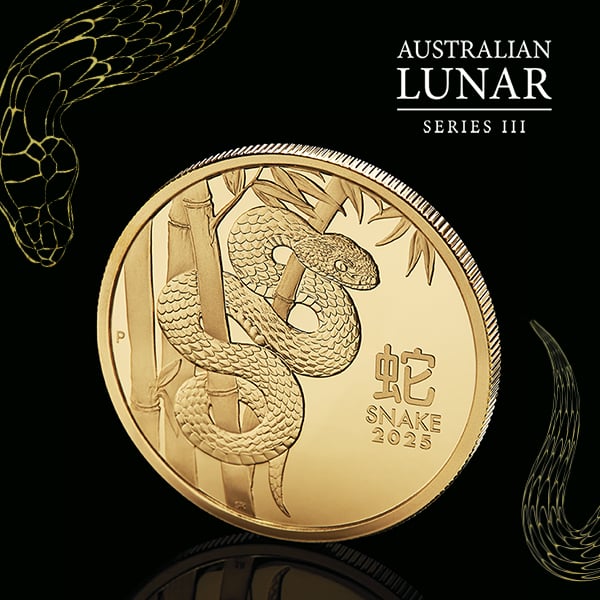Troy ounce vs ounce: What’s the difference?

The precious metals industry uses the troy ounce as its basic unit of measure, even in countries which have adopted the metric or imperial systems.
While there is a difference between a troy ounce and the more common avoirdupois (imperial) ounce, the precious metals industry often uses ‘ounce’ and the abbreviation ‘oz’ rather than ‘troy ounce’ and ‘ozt’. So when you see ‘ounce’ and ‘oz’ used in the context of precious metals, assume the reference is to troy ounces.
We explore the origins of this ancient system - and why it’s still in use as the standard gold measurement today.
Did you say champagne?
The troy ounce has its origins in the city of Troyes, located in the Champagne region of France, an ancient city with a fascinating history. For example, the Knights Templar emerged there in the 12th century.
Standing at a hub on an extensive network of Roman roads, the city became a “formidable place for commercial exchanges”.
In the Middle Ages it hosted the largest and most important of the famous Champagne Fairs. Merchants from across Europe gathered in the city to trade their wools, silks, leathers, furs, spices, and, of course, precious gold and silver wares.
The Counts of Champagne, who prospered from this activity, introduced rules governing the efficient operation of the Fairs. It is said that the system of measuring gold, silver and gemstones first used in their region took its name from the city of Troyes.

Troyes, ancient city in the Champagne region of France. Source: Creative Commons.
The troy system was in widespread use as the basis of several European monetary systems by the end of the 12th century. It reached Britain under King Henry II, who reigned from 1154-1189 – the so-called Angevin monarch who also ruled large territories in France.
English pennies, worth 1/240th of a pound sterling, also weighed 1/240th of a troy pound of sterling silver. With 20 ‘pennyweights’ the equivalent of one troy ounce, there were 12 troy ounces in one troy pound.
Despite the rise of avoirdupois weights (16 ounces = one pound) for everyday goods, it has remained customary to weigh and price precious metals in troy weights.
Troy pounds and pennyweights fell from favour in the 19th century, but even when British legislation abolished other old weights and measures in 1963, the troy ounce survived for trade in precious metals.
As common as grain
The troy ounce and the avoirdupois ounce have in common the grain, the smallest unit of mass in everyday use. But they’re not the same.
At 480 grains, the troy ounce is heavier than the avoirdupois ounce, which weighs 437.5 grains.
In metric terms, the troy ounce weighs 31.1034768 grams. The avoirdupois ounce is slightly less, at 28.349523125 grams.
When referring to large quantities (such as annual mine production), the industry often uses metric tonnes as the unit of measure as it produces smaller and more manageable numbers.
For example, 80,376,867 troy ounces equals 2,500 tonnes. Some prefer to use ‘millions of ounces’ (abbreviated to ‘moz’) to avoid confusion as to whether the ‘ton’ referred to is a metric ton, Imperial (long) ton or US (short) ton.
For silver, traders can use the Indian unit of measure Lakh (or Lac) which refers to 100,000. For example, a trade for 1,000,000oz would be referred to as 10 Lakh.
Precious metal weights are usually only recorded to three decimal places of accuracy, or to one thousandths of an ounce. An exception to this is a gold London Good Delivery Bar, which is rounded down to the nearest 0.025 of a troy ounce (silver London Good Delivery Bars are rounded down to the nearest 0.100 of a troy ounce).
The table below lists conversion rates between a troy ounce (ozt) and other common units of mass.
System
Conversion from troy ounces
Conversion to troy ounces
Imperial/US
1ozt = 480 grains
1ozt - 1.097142794 ounces
1ozt - 20 pennyweights
1ozt - 0.0685714246 pounds
1ozt - 0.00003061224 tons (Imperial)
1ozt - 0.0000342857123 tons (US)
1 grain = 0.002008333ozt
1 ounce = 0.91145839ozt
1 pennyweight = 0.05ozt
1 pound = 14.58333418ozt
1 ton Imperial = 32666.67189333ozt
1 ton US = 29166.66835590ozt
Metric
1ozt = 31.1034768 grams
1ozt = 0.0311034768 kilograms
1ozt = 0.0000311034768 tons
1 gram = 0.032150746568628ozt
1 kilogram = 32.150746568628ozt
1 ton = 32150.746568628ozt
Buy gold and silver bullion
The weight of gold and silver bullion bars and coins made by The Perth Mint are all specified in troy ounces.
If you’re considering buying precious metals for the first time and are not entirely sure what this means, here’s what you really need to know:
- The weight and purity of every ounce of Perth Mint gold and silver is guaranteed by the Government of Western Australia.
- We offer a range of sizes from 1oz (troy ounce) to 1 kilo gold and silver coins and bars.
- Buy in-store from our bullion trading desk or online 24/7 for delivery.
- Alternatively, store your precious metals in our network of central bank-grade vaults.
References
The Champagne Fairs, Troyes La Champagne
DISCLAIMER
Past performance does not guarantee future results. The information in this article and the links provided are for general information only and should not be taken as constituting professional advice from The Perth Mint. The Perth Mint is not a financial adviser. You should consider seeking independent financial advice to check how the information in this article relates to your unique circumstances. All data, including prices, quotes, valuations and statistics included have been obtained from sources The Perth Mint deems to be reliable, but we do not guarantee their accuracy or completeness. The Perth Mint is not liable for any loss caused, whether due to negligence or otherwise, arising from the use of, or reliance on, the information provided directly or indirectly, by use of this article.














